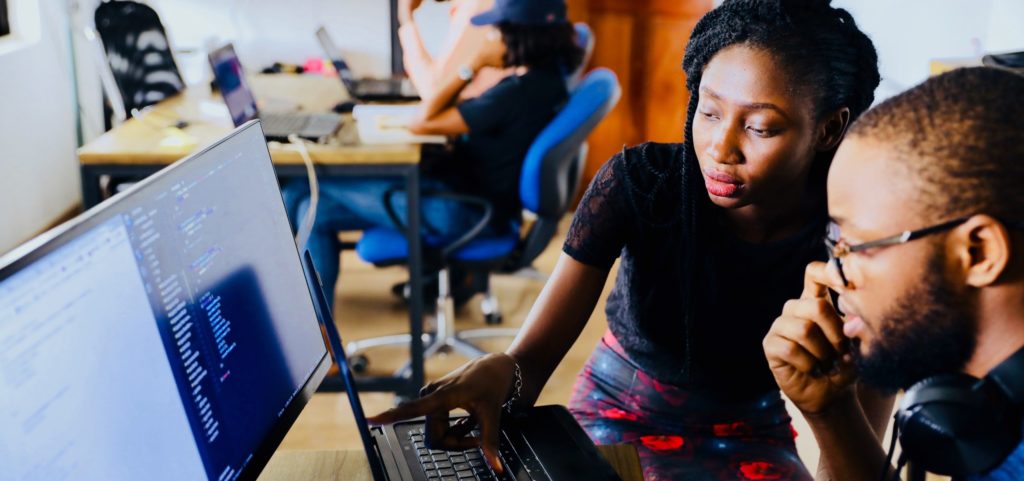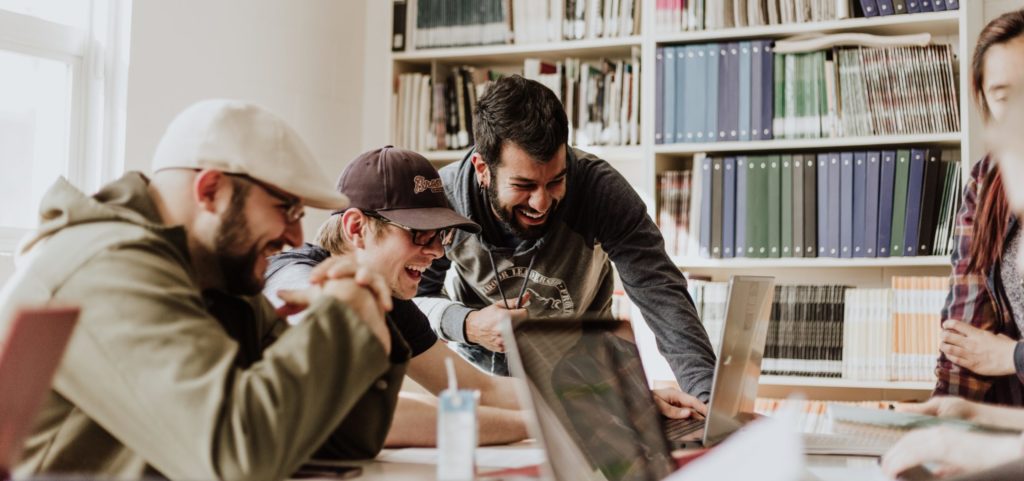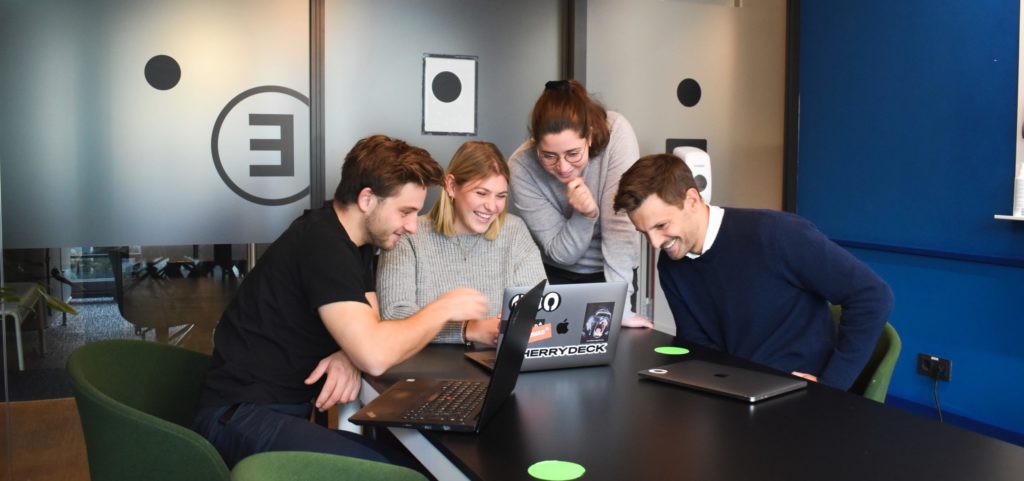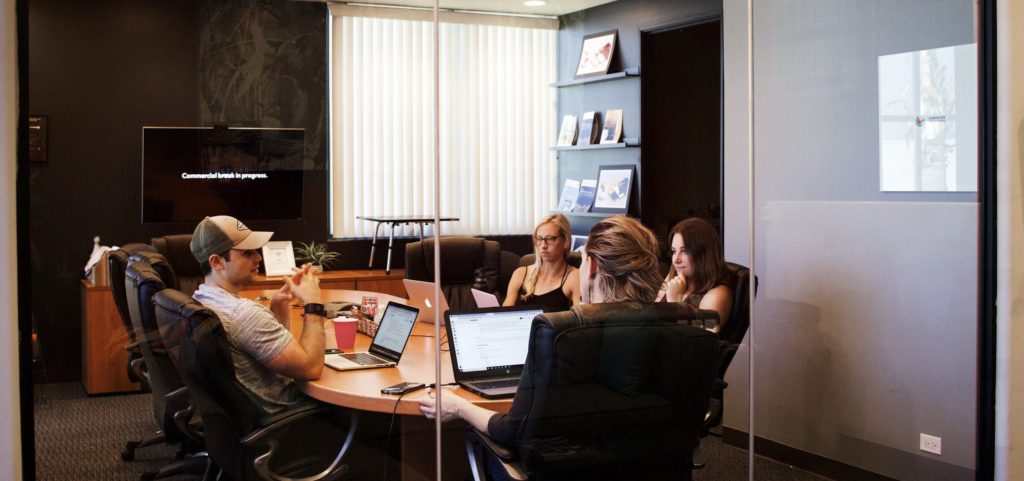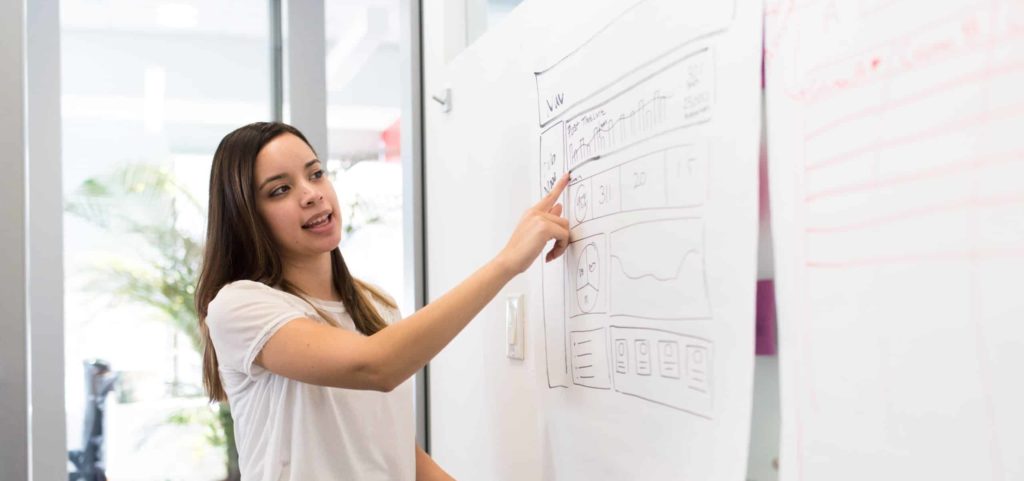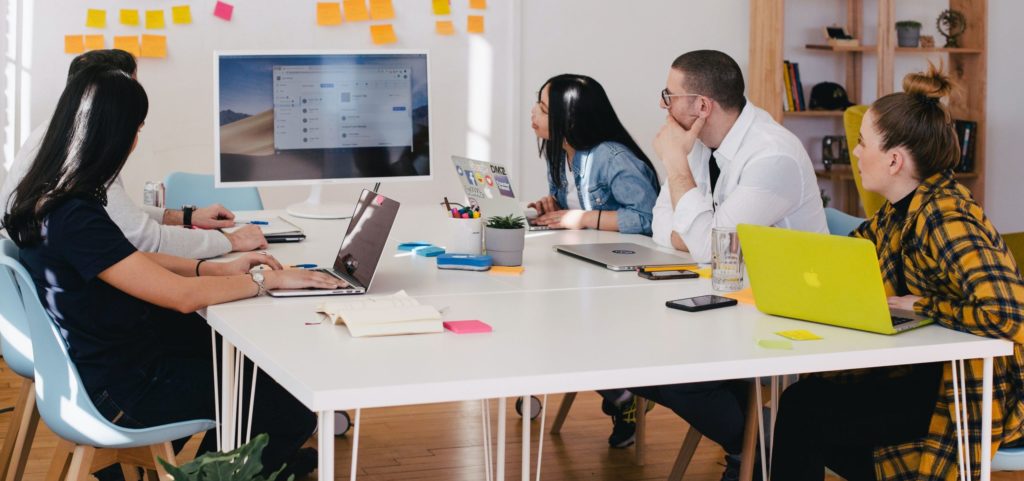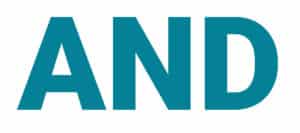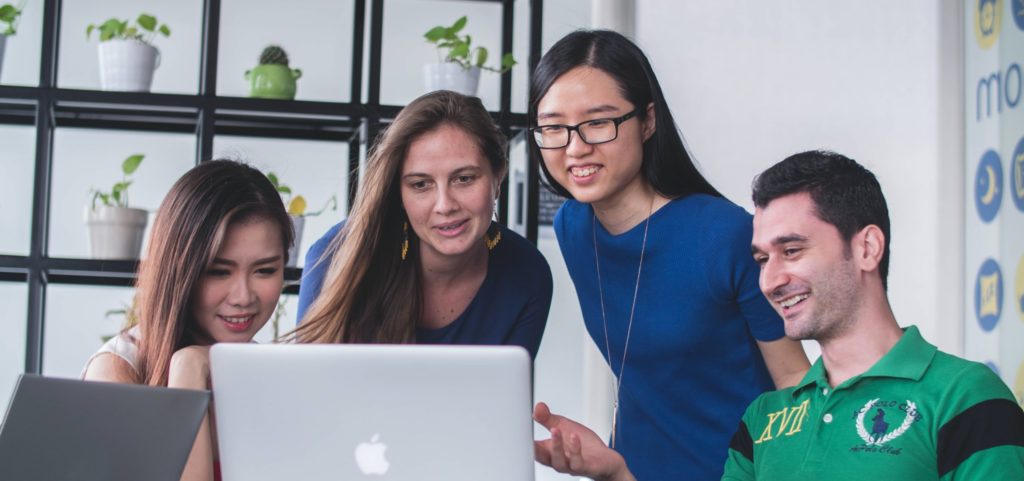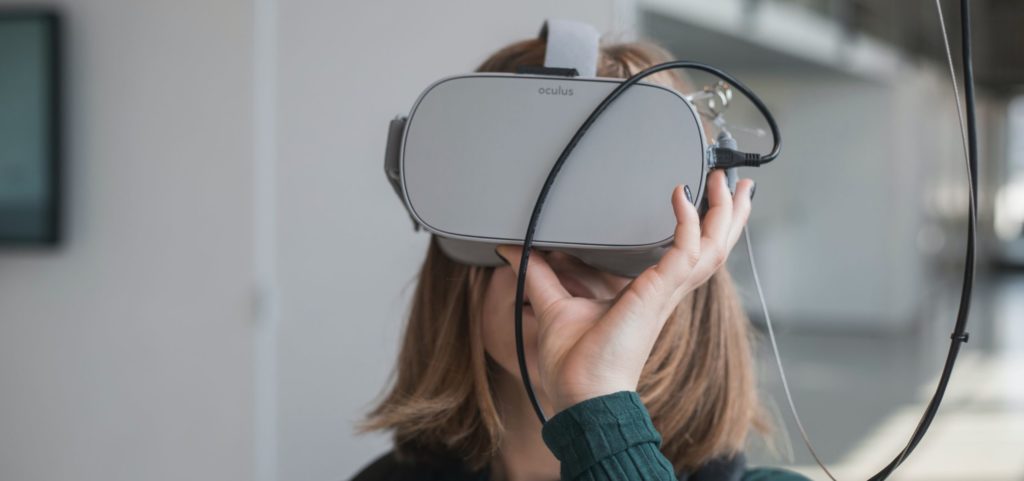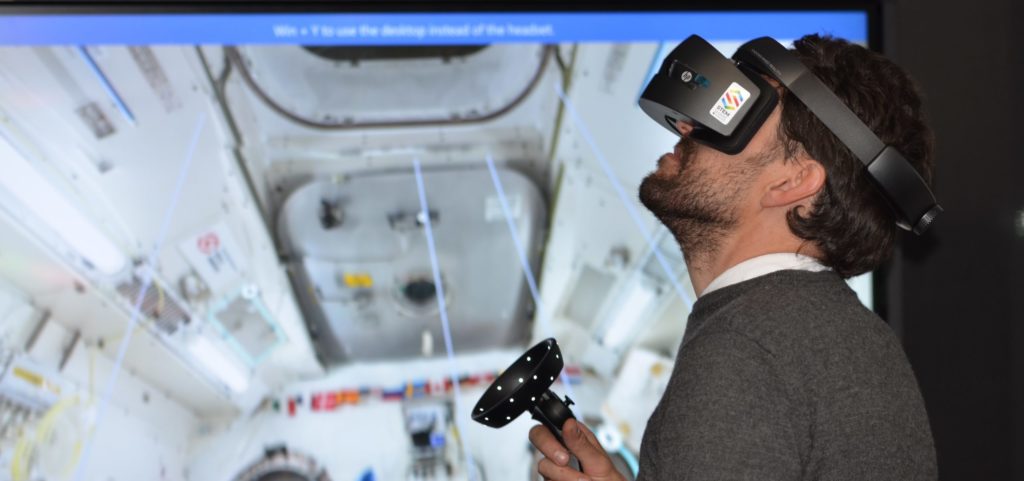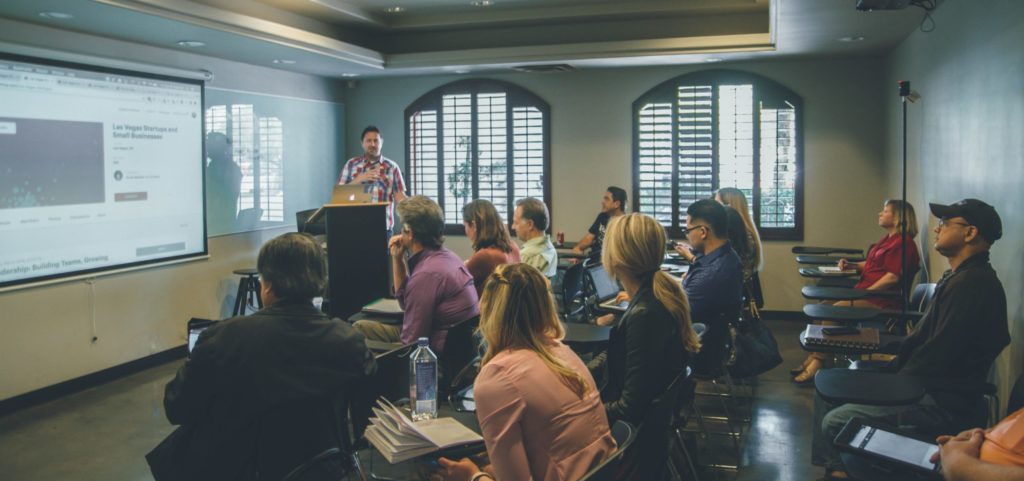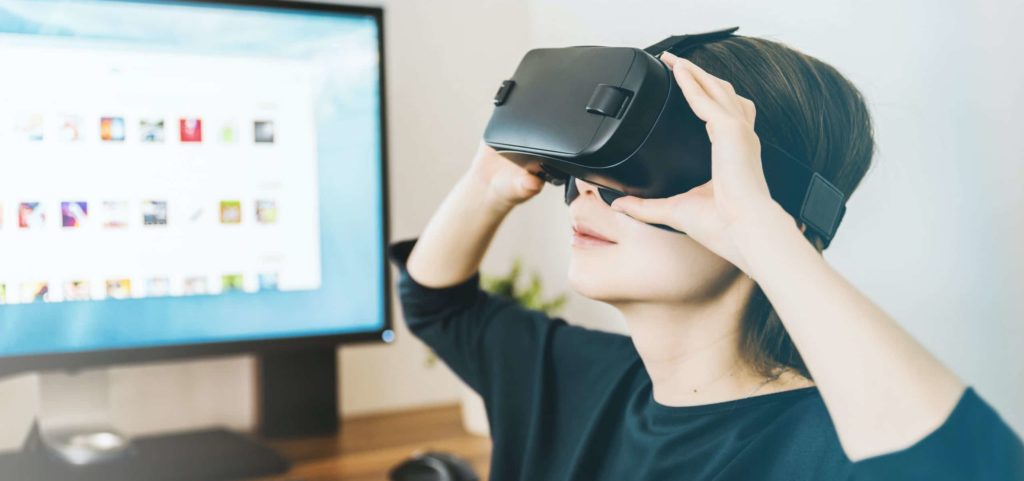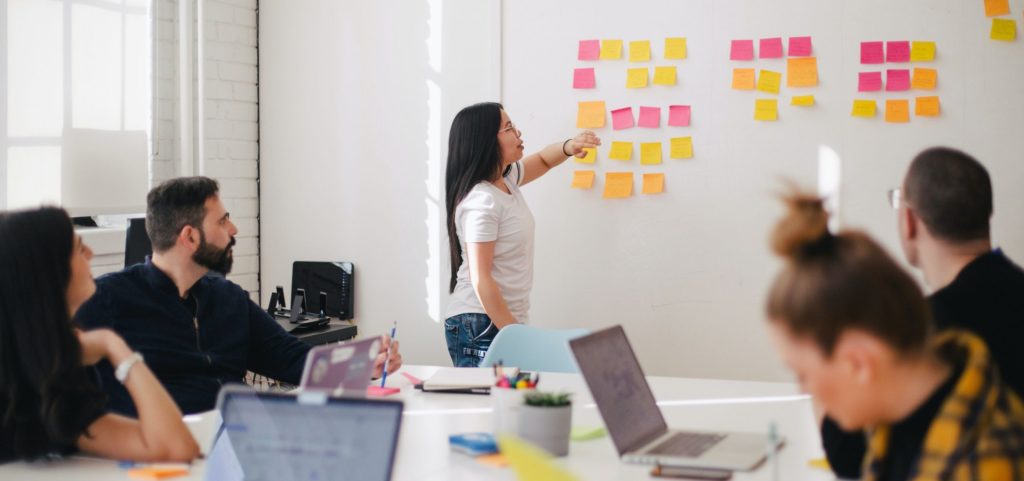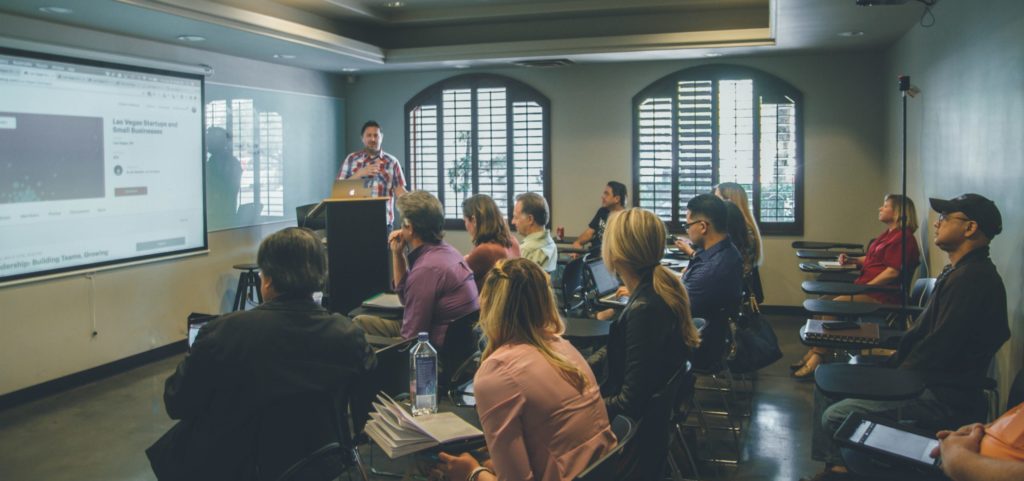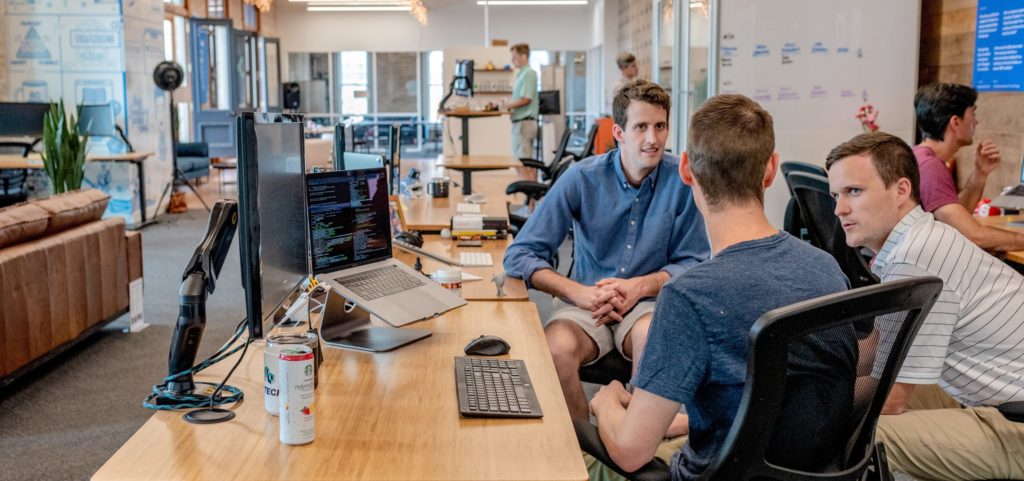Learner Experience: What It Is & Why It Matters for Your Students
The learner experience is a key driver of engagement and success. It determines how learners progress through a training program, whether they fail or succeed, and university outcomes, including graduate outcomes and retention rates.
The modern university’s focus on the learner experience encourages teachers to provide a more personalised, relevant, and engaging education.
In this article, you’ll discover what it is, how it matters, and how you can design high-quality experiences for your students.
What is learner experience?
The learner experience is the sum of a person’s emotions, perceptions, and cognitive processes while learning. This type of learning looks beyond the quality of the outcome and its presentation, considering the entire experience from start to end.
When discussing the learner experience in higher education settings, we must also consider learner experience (LX) design. This process involves designing and creating goal-oriented, human-centred learning experiences.
LX design combines various educational elements, including instructional design, experiential learning, project-based learning, and cognitive psychology, to create a highly engaging and valuable experience for learners.
Now, let’s discuss the three main aspects of the learner experience and how you might apply them in your next learning program.
Individual learner experience
The individual learner experience regards each student’s experience while learning. It involves their personal goals, needs, expectations, skills, and feelings—all aspects we must consider in the LX design process.
In higher education settings, some critical elements of a meaningful learning experience include engagement, content proficiency, and retention. These aspects reflect the educational quality and student success, which is why good LX design is so important.
Group learner experience
The group learner experience, as you might expect, is about how each group member moves through the learning journey. This includes how well the group works together, its members’ diversity, and each member’s ability to express their unique perspectives and ideas.
A positive group experience will allow every member to offer equal contributions, feel recognised and understood, and make their mark on a project’s process and outcome. Communication within the group should be reciprocal and respectful.
Blended learning experience
Blended learning experiences combine group and learner experiences to form an overarching plan. These experiences typically include online or distance learning along with traditional in-person classes.
Modern universities must focus on designing a positive blended learning experience to achieve high-quality learning outcomes. Some ways to improve the experience include:
- Offering online chat and collaboration features
- Using video chat technology, such as Zoom, to mimic the classroom experience in the digital space
- Creating a healthy balance of online learning and in-person classes
- Defining clear objectives
- Teaching self-motivation skills
These steps can reduce the confusion and isolation online and distance learning can cause, ensuring students remain engaged with class content.
What is learner experience design?
As we touched on above, learner experience design (LX design) is the process of researching, planning, and creating transformative learning experiences. It’s vital for educators hoping to achieve the desired outcomes for their students.
Good LX design is goal-oriented, human-centred, experiential, and focused on genuine learning. Below, we’ll dive deeper into these elements and why they matter.
Human-centred
Primarily, the learner experience should focus on the human—that is, the learner themselves and whoever they may interact with throughout the learning process. This includes other group members, teachers, peers, and mentors.
Human-centred learning aims to ensure learners have control over their education, leading to stronger engagement and higher retention rates. It’s also a fantastic way to build leadership skills as learners take ownership of their education.
Human-centred design requires a solid understanding of your student cohort. The best way to achieve this is to work with your students as you create learning plans, ask questions, and take their feedback on board.
Knowing each student’s unique goals, interests, background, and learning style is also important to design experiences that meet their needs.
Goal-oriented
The learning experience is better for educators and learners when there are clear objectives in place. These objectives guide the learning process, defining the purpose of the training and the desired end goal.
Setting goals motivates learners to work towards them, especially as they move closer and closer to the outcome. You can also keep your students engaged throughout the course of a project by setting intermittent goals.
Genuine learning
The learning environment should also be genuine, focusing on meaningful connections, thoughts, and interactions. This ties in with David Kolb’s experiential learning theory, which emphasises authentic opportunities with genuine, real-world impacts.
Focusing on the learning process, rather than solely on instruction, teaching, or outcomes, allows educators to better understand how and why students learn.
Why is learners’ experience important?
A meaningful learning experience is critical because it directly impacts the process and outcome of a training course or project. Learners are at the centre of everything higher education institutions do. Without learners, there are no disciplines, lectures, projects, teachers… the list goes on.
Degrees are about more than the piece of paper a student receives upon graduating! These courses often require years of study—and if this experience isn’t supportive, engaging, and positive, students are unlikely to make a strong transition into the working world.
Using good LX design, you can:
- Promote and enhance student learning;
- Maximise knowledge acquisition and results;
- Boost student satisfaction;
- Improve graduate outcomes and university rankings.
A positive learning experience drives students to succeed and prepares them with employability skills necessary for success after graduation. It also builds positive reputations for higher education institutions.
The 4 elements of a great learner experience
A great learner experience comprises four main elements. Let’s go into more detail about them now.
1. Understanding learners
The best way to deliver a learning experience that benefits your students is to understand their interests, desires, and needs. Each student is different, with unique learning styles, and it’s essential to acknowledge these differences to achieve optimal outcomes.
For example, some students may learn best through written instruction, while others may prefer direct experimentation. Offering student-led projects, where students guide their personal learning journeys, is a terrific way to ensure each individual has the best chance at success.
2. Experiential learning
Experiential learning is a pedagogy involving active participation in the learning process. It is a form of ‘learning by doing’, although it doesn’t necessarily require physical acts, as long as the learner immerses themselves in the learning content.
One of the most famous proponents of experiential learning was educational theorist David Kolb. He developed a four-stage experiential learning model, including concrete experience, reflective observation, abstract conceptualisation, and active experimentation.
This approach to education is highly motivating because it helps learners connect class content and real-life scenarios. It tackles age-old student questions like ‘when am I ever going to use algebra in real life?’
3. Engagement and motivation
A positive learner experience will engage and motivate students both intrinsically and extrinsically. Intrinsic motivation, driven by self-determination, personal interest, and relatedness, is especially important.
Extrinsic motivational tools like games, rewards, and prizes can help too—but don’t focus on them completely.
Project-based learning is one fantastic way to keep learners engaged. It involves students guiding the learning process and working through projects with real-world relevance, which studies have shown is highly intrinsically motivating.
4. Sensory layer
The sensory layer involves a student’s sensory experience as they learn. This can include sounds, sights, smells, and physical sensations.
To design an effective learner experience, you’ll need to consider all these senses.
Focus on the following:
- Tone of your written and verbal content and instructions;
- Overall mood of the physical environment;
- Visual design of any materials you use;
- Way you frame goals and messages;
- Usability of physical and digital tools;
- Diversity and accessibility of classroom content.
These aspects can impact how students think and feel about the learning journey, impacting intrinsic and extrinsic motivation.
How is learner experience influenced by the learning environment?
Drawing on our above point, the learning environment (including physical and emotional aspects) directly impacts the learner experience.
Studies show classroom conditions impact student learning and motivation, including their participation in academic activities, attendance, and personal behaviour.
Creating a positive learning environment is another essential element of good LX design.
How Practera’s project-based learning services can help
Project-based learning incorporates many elements of good LX design, including meaning, relevance, and a goal-oriented, human-centred focus.
If you’re looking for a simple, cost-effective, and powerful way to deliver project-based learning objectives in your classroom, Practera is the way to do it! Discover our authentic industry experience program where we can bring your students to work on real-world projects with Australian and global employers. We offer numerous services to facilitate this process, including internships, client sourcing and matching, participant support, quality assurance, and more.
Delivering these project learning experiences is easier than ever with Practera, thanks to our managed services. We’ll manage invoices and payments, assign students with clients, and offer continuous support throughout the industry programs. You’ll also have access to live analytics with our platform, as well as pre-built templates, a detailed analytics dashboard, and a powerful AI-based support assistant.
We have successfully helped hundreds of universities and educators in empowering their students with industry-ready career skills through our services and authentic high-quality industry programs.
To get started with Practera, get in touch with a member of our friendly team today. Alternatively, you can download our project-based learning white paper to learn more or trial our industry experience program for free here.


